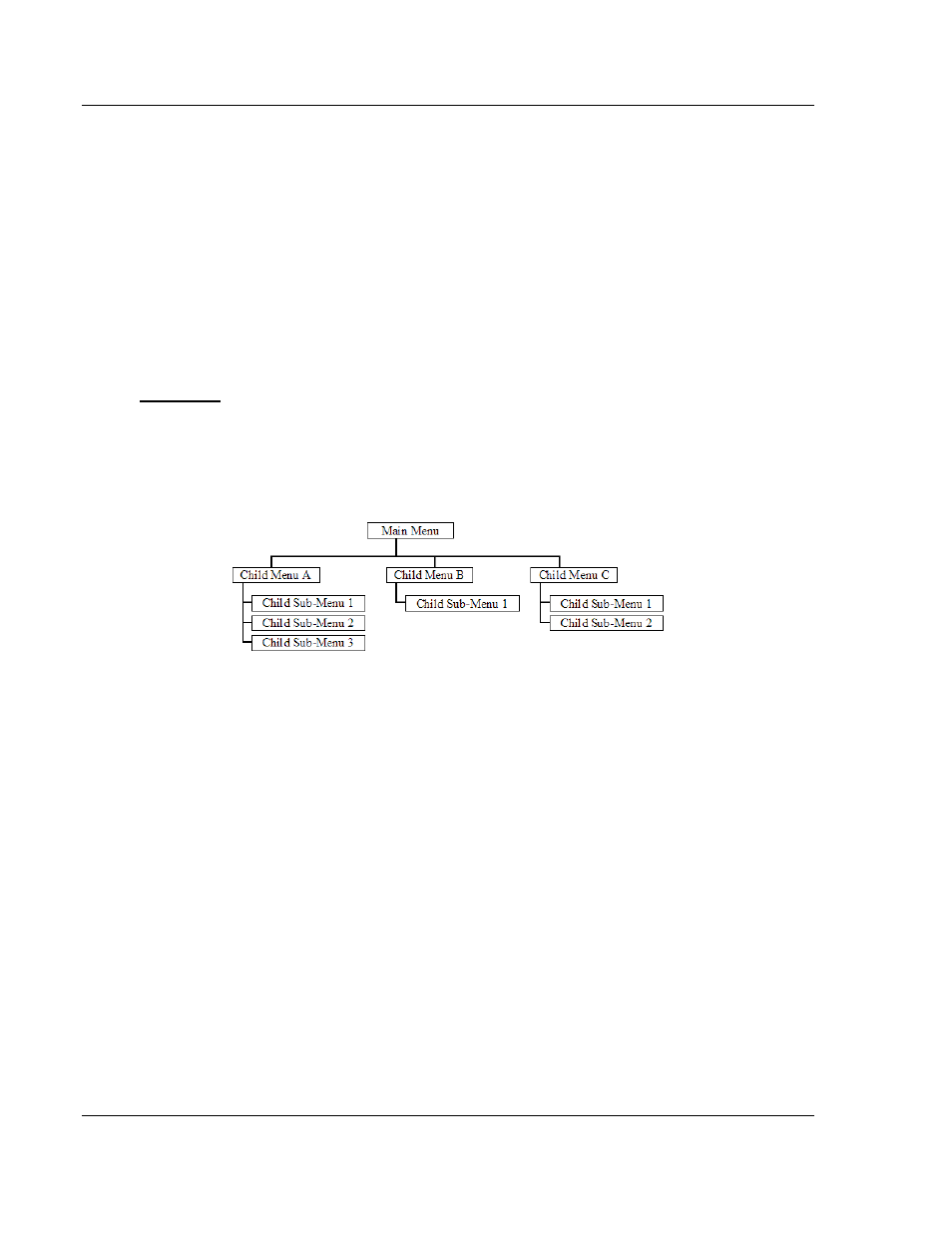The configuration/debug menu, Navigation, Keystrokes – ProSoft Technology MVI56-LTQ User Manual
Page 44

Diagnostics and Troubleshooting
MVI56-LTQ ♦ ControlLogix Platform
User Manual
Limitorque Valve Actuator Master Communication Module
Page 44 of 98
ProSoft Technology, Inc.
August 30, 2010
4.3.2 The Configuration/Debug Menu
The Configuration and Debug menu for this module is arranged as a tree
structure, with the Main Menu at the top of the tree, and one or more sub-menus
for each menu command. The first menu you see when you connect to the
module is the Main menu.
Because this is a text-based menu system, you enter commands by typing the
command letter from your computer keyboard in the terminal application (for
example, HyperTerminal). The module does not respond to mouse movements
or clicks. The command executes as soon as you press the command letter —
you do not need to press [Enter]. When you type a command letter, a new
screen will be displayed in your terminal application.
All of the submenus for this module contain commands to redisplay the menu or
return to the previous menu. You can always return from a submenu to the next
higher menu by pressing [M]
on your keyboard.
Navigation
The organization of the menu structure is represented in simplified form in the
following illustration:
The remainder of this section shows the menus available for this module, and
briefly discusses the commands available to you.
Keystrokes
The keyboard commands on these menus are usually not case sensitive. You
can enter most commands in lowercase or uppercase letters.
The menus use a few special characters (?,
-,
+,
@) that must be entered exactly
as shown. Some of these characters will require you to use the SHIFT,
CTRL, or
ALT
keys to enter them correctly. For example, on US English keyboards, enter
the ?
command as SHIFT
and /.
Also, take care to distinguish the different uses for uppercase letter "eye" (I),
lowercase letter "el" (
L
),
and the number one (1). Likewise, uppercase letter "oh"
(O)
and the number zero (0)
are not interchangeable. Although these characters
look alike on the screen, they perform different actions on the module and may
not be used interchangeably.
